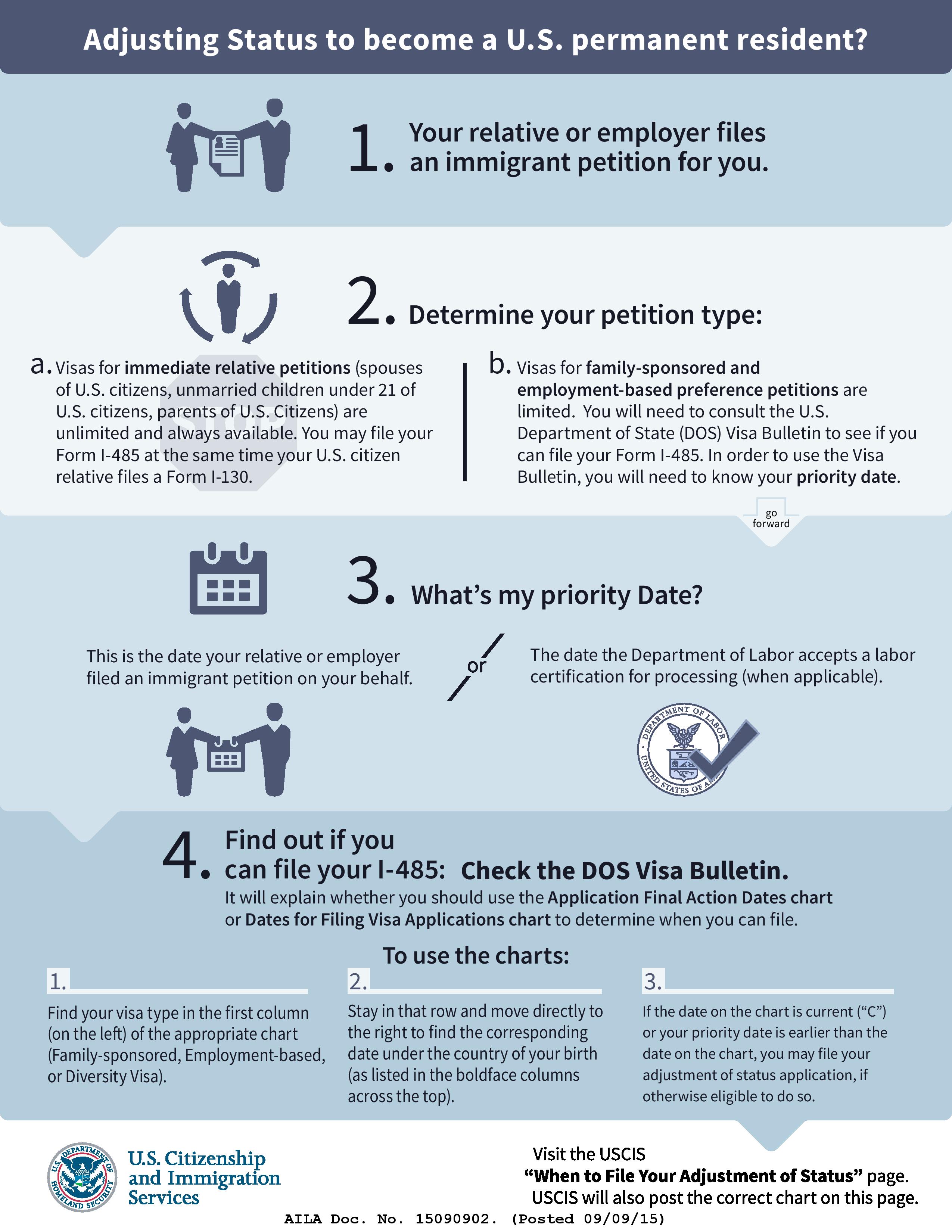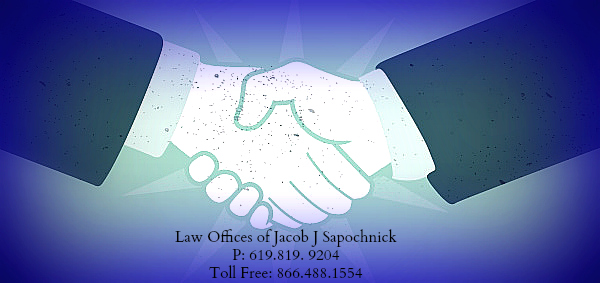On September 9th the Department of State and USCIS jointly announced new procedures that will allow family-based and employment-based applicants stuck in immigrant visa backlogs to apply for an immigrant visa (adjustment of status) before their priority date becomes current and an immigrant visa becomes immediately available to them. These new procedures will be implemented beginning October 1, 2015 as part of President Barack Obama’s executive actions on immigration with the purpose of modernizing and streamlining our legal immigration system for the 21st century. These new changes were introduced in the October Visa Bulletin.
What is the Visa Bulletin?
The Department of State publishes a monthly report of visa availability known as the ‘Visa Bulletin.’ The Visa Bulletin is essentially a guide to be used by applicants and consular officials denoting visa availability for the issuance of visas at consulates and embassies worldwide. USCIS utilizes the Visa Bulletin to determine whether Form I-485, Application to Register Permanent Residence or Adjust Status, can be accepted for filing and processing. In order to file Form I-485 a prospective immigrant must determine whether a visa is available to them at the time the Form I-485 is filed and at the time Form I-485 is approved. The Department of State and Department of Homeland Security work together to revise the Visa Bulletin on a monthly basis estimating immigrant visa availability for prospective adjustment of status applicants. The DOS allocates available visas by providing visa numbers according to the prospective immigrant’s preference category, country of birth and priority date. This allows distribution of visas for all preference categories. A prospective immigrant’s priority date can be found on Form I-797 Notice of Action or ‘Receipt Notice’ for the petition filed on the applicant’s behalf.
What is a Priority Date?
A priority date is generally defined as the “date when your relative or employer properly filed the immigrant visa petition on your behalf with USCIS.” For employment-based petitions, “if a labor certification is required to be filed with your immigrant visa petition, the priority date is the date the labor certification application was accepted for processing by the Department of Labor.”
 Visa Lawyer Blog
Visa Lawyer Blog






